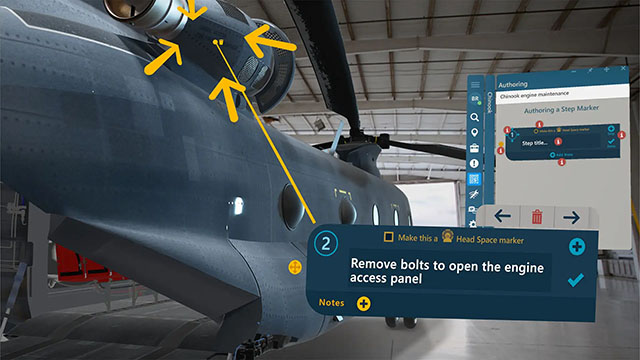Each Manifest instance has an assigned domain. Users need this domain and individual credentials to access any Manifest application.
When a Manifest domain is first deployed, the assigned Security Admin will be issued an automated email from manifestsupport@taqtile.com prompting them to set their password and access the Manifest Web Application. Access links are valid for 72 hours. If this link expires, please contact Manifest Support. The Security Admin is responsible for provisioning additional user accounts and assigning roles.
By default, a Manifest Support user is configured and is granted access to any Manifest instance and domain. This user helps the Taqtile Manifest Support team provide support and it does not count towards the company’s license allotment. However, customers can choose to delete this account, and Manifest Support will no longer have access to that instance or any related data.
To officially get started with Manifest, use the Manifest Web Application to complete initial user set-up. If a user account already exists, just login.
If assigned the role of Security Admin, begin to provision additional user accounts and assign user roles and permissions. For more information on adding users please visit here.
Each Manifest instance must have at least one Location. A Location is a physical address where Assets are registered, and Jobs are performed.
When creating a Location within Manifest, choose a location or name that is easily recognizable to your Manifest user group.
To create a Location, select the Locations menu item from the sidebar menu. For more information on setting up a Location, please visit here.
Once a location is created , Asset Classes can be created and augmented with corresponding data such as 3D models and PDF documents. An Asset Class is a type or category of equipment – typically identified by make and model. 3D Models, Documents, Templates, and Meters are all configured at the Asset Class level. For more information on creating Asset Classes please visit here.
Once both a Location and Asset Class are created, begin registering Assets. Assets must be categorized by the Asset Class and registered to a Location. An Asset represents a unique item or piece of equipment, likely with a serial number or unique identifier. Assets belong to an Asset Class and are assigned to a specific Location.
Assets inherit configured data — like Templates, Meters, and Documents — from the Asset Class, but maintain their own service history, Job queue, and telemetry data.
For more information about creating an Asset please visit here.
Once all the above is completed authoring work instructions using Templates can begin. A Template is a repeatable set of work instructions. When workers are doing their jobs with Manifest, they are following a procedure defined by a Template. For more information on creating Templates please visit here.




